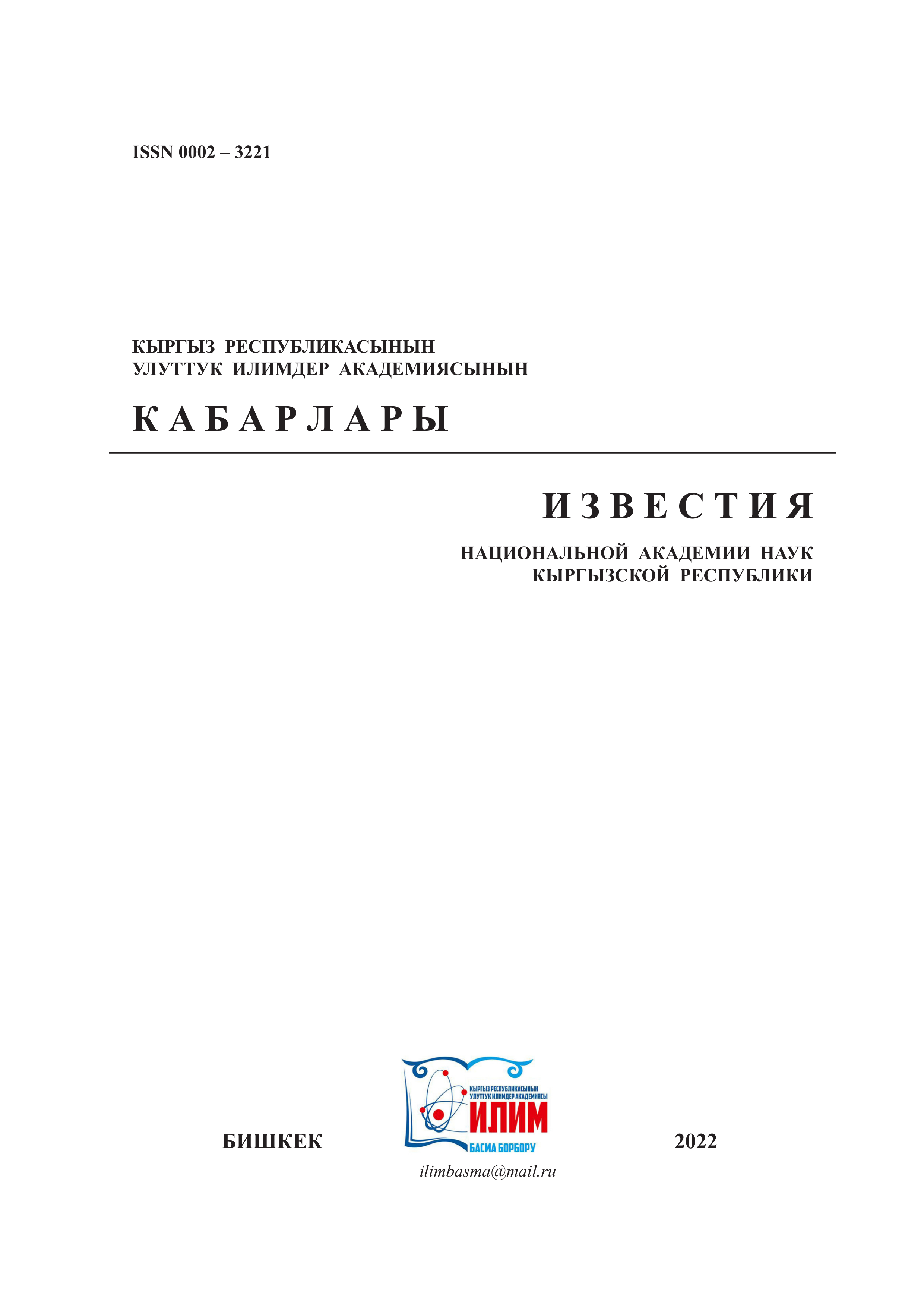ADAPTATION OF THE HUMAN CENTRAL NERVOUS SYSTEM IN HIGH ALTITUDE CONDITIONS
Keywords:
highlanders, adaptation, EEG, neurophysiological status, stability, plasticity.Abstract
The discrepancy between the adaptive capabilities of the highlanders' organism and the changed environmental conditions can cause maladaptive shifts, stress and fatigue of the central nervous system. Disadaptation states in highlanders occur against the background of hypoxic hypoxia, where the leading mechanism is the deficit of functional reserves of the main body systems, as well as energy imbalance, which affects the severity of psychoemotional reactions, etc. Parameters of rearrangement spectral power of structure EEG components and intercentrum interrelations are markers which using to analysis about functional conditions of CNS and methods, levels of compensation of brain disorders. It has been established that high stability, plasticity of the central nervous system and psychophysiological reactions are the main physiological resources for effective behavior in the mountains, which ensure optimal adaptation of mountaineers and make it possible to distinguish groups of individuals with an unstable functional state subject to environmental stress.
References
Сороко С.И., Бекшаев С.С., Сидоров Ю.А Основные типы механизмов саморегуляции мозга. Л.: Наука, 1990. 205 с.
Новиков В.С., Сороко С.И. Физиологические основы жизнедеятельности человека в экстремальных условиях. СПб.: Политехника-принт, 2017. 476 с.
Джунусова, Г.С. Центральные механизмы адаптации человека в горах. Бишкек.: Изд-во КРСУ. 2013. 280 с.
Сороко С.И. Трубачев В.В. Нейрофизиологические и психофизиологические основы адаптивного биоуправления. СПб.: Политехника, 2010. 607 с.

